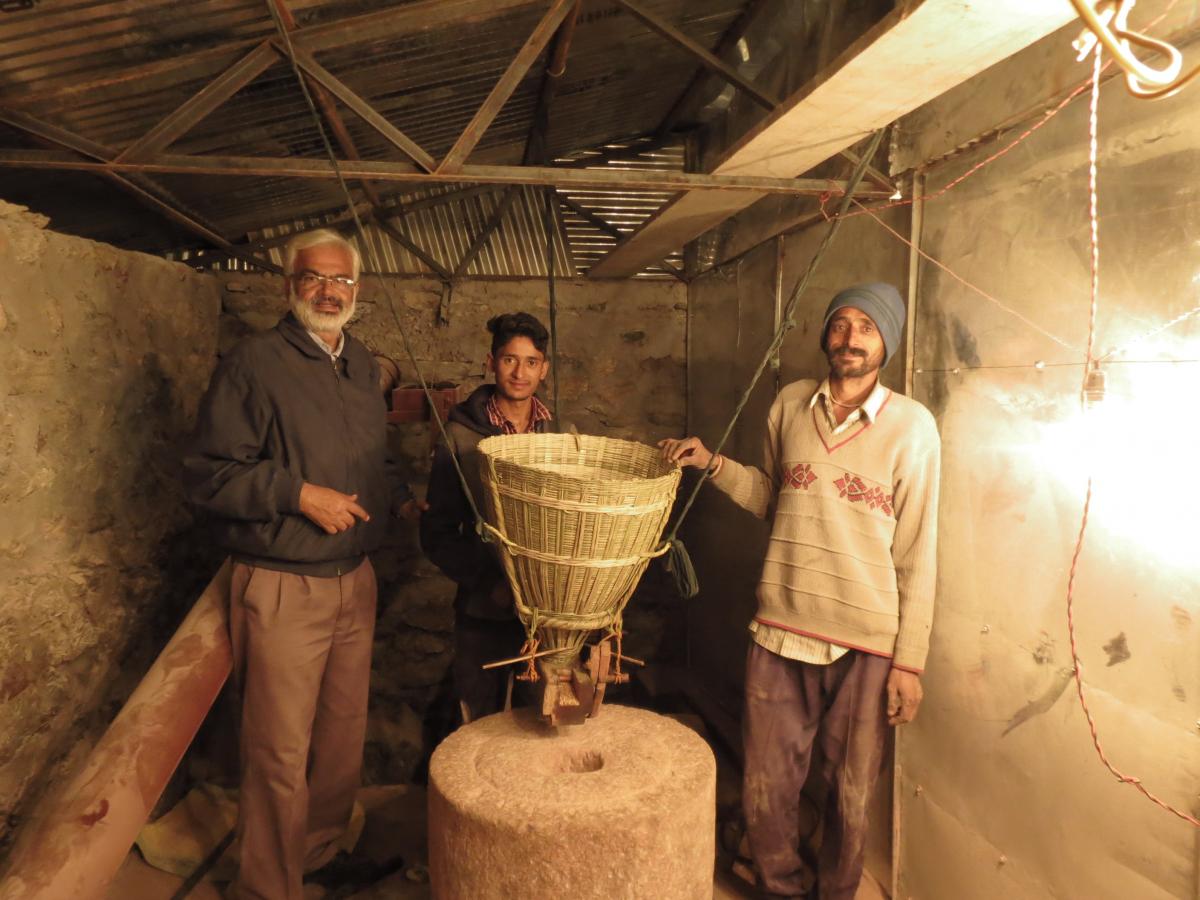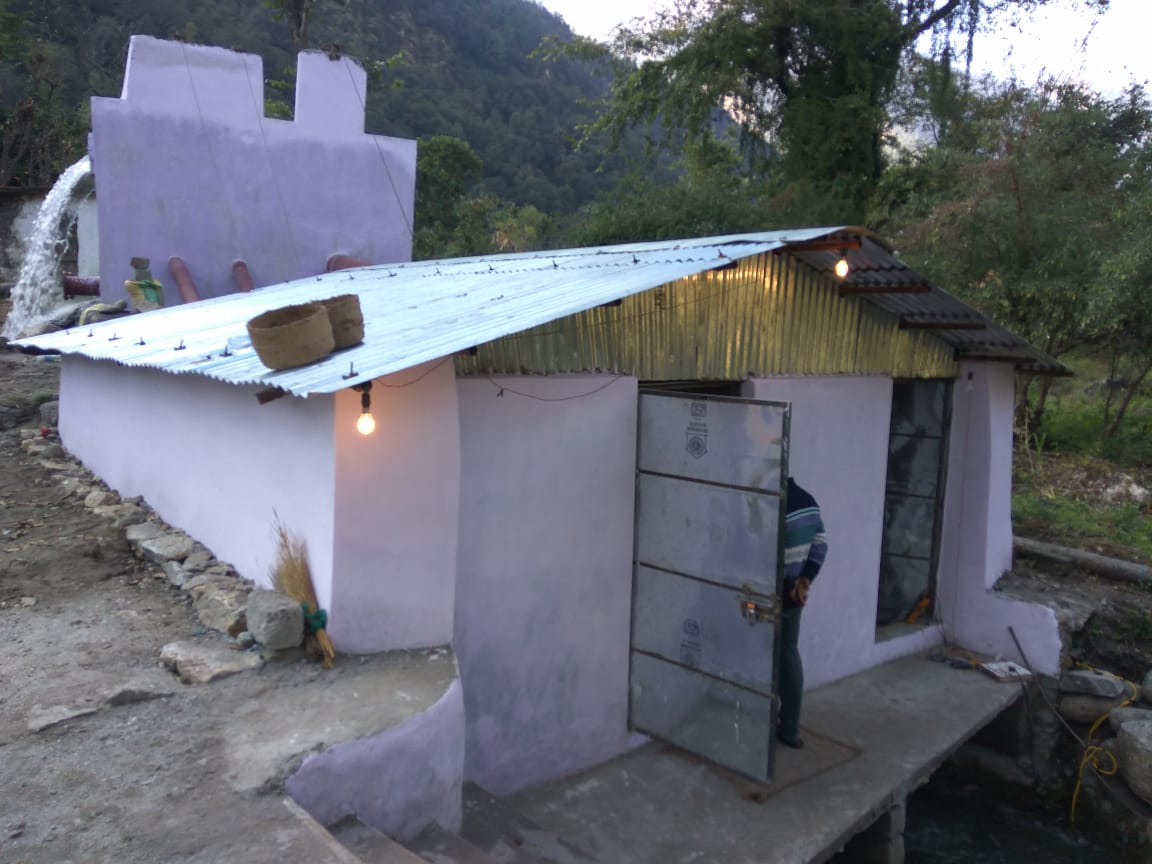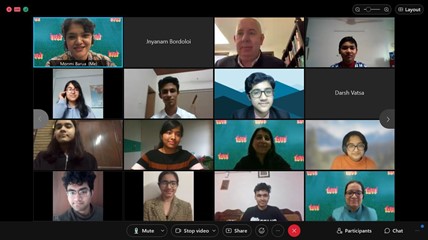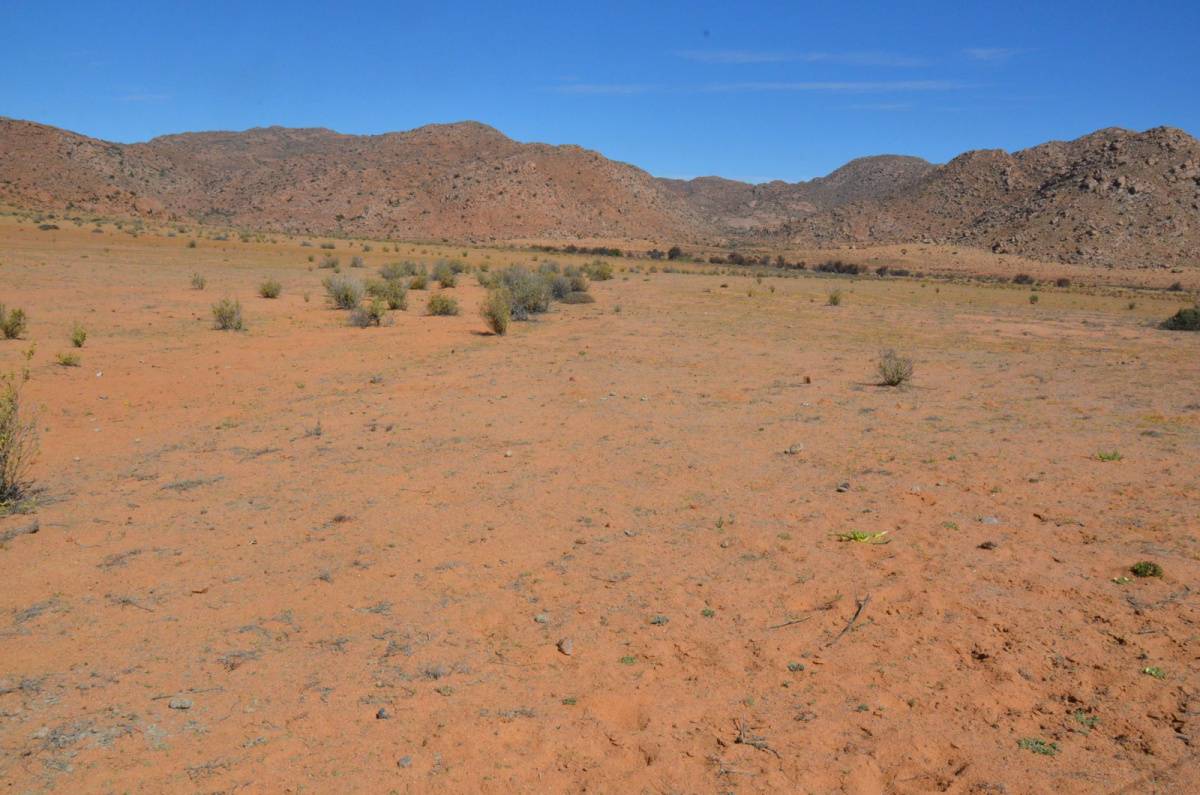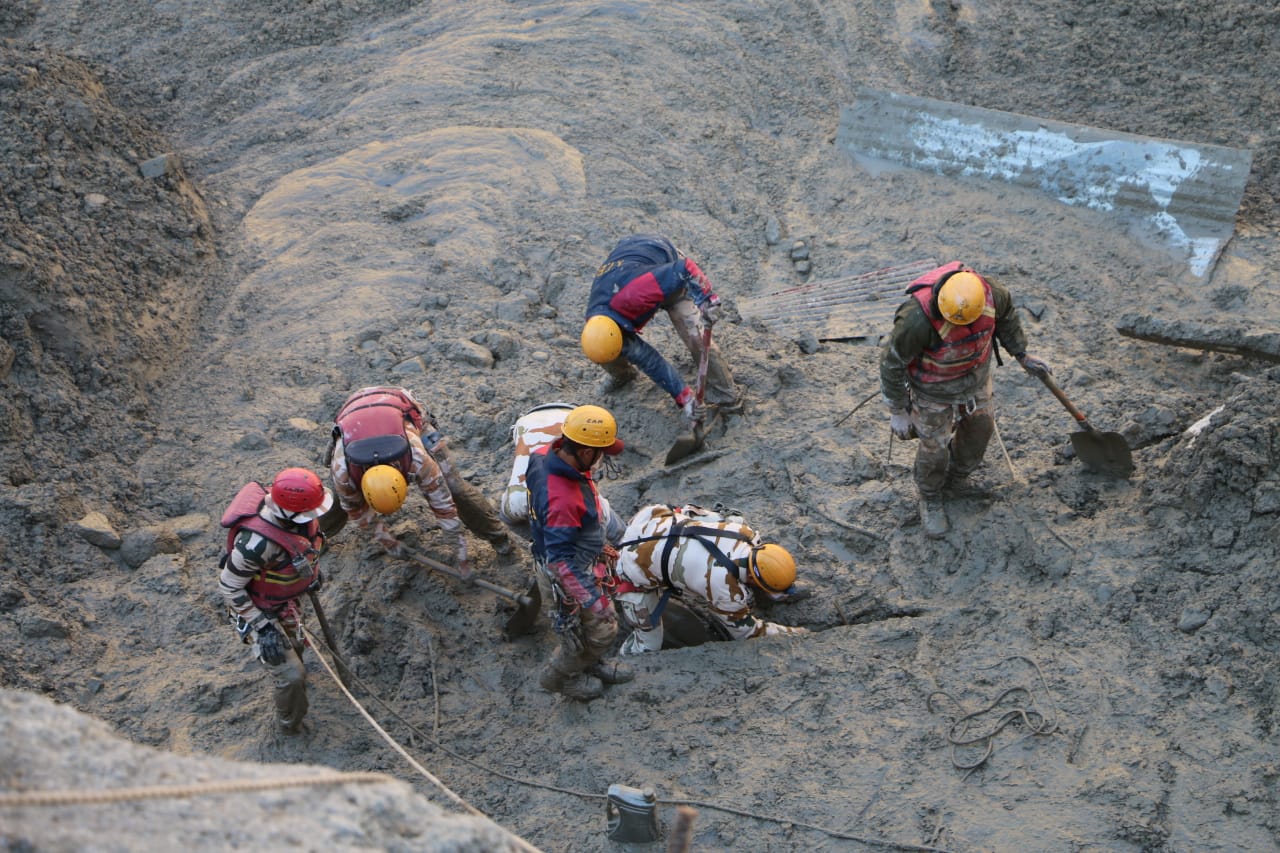Revival of Traditional Watermills in Indian Himalaya
Access to low cost clean energy is vital to the development of Himalayan villages and the management of mountain landscape. Under the Government of India’s National Mission on Himalayan Studies (NMHS), IUCN is implementing the ‘Coping with Uncertainties: Building Community Resilience and Ecosystem Based Adaptation to Climate Change in the Indian Himalayan Region’ project to enhance community-based climate adaptation. Through the project, IUCN aims to demonstrate how best to generate clean energy at a low cost and empower local communities to be self-sufficient energy wise. In pursuit of this, IUCN implemented one of the activities of the project, Revival of Watermills in Village Mandal, District Chamoli, Uttarakhand.
IUCN has been assessing village energy needs under Government of India sponsored project on National Mission on Himalayan Studies ‘Coping with Uncertainties: Building Community Resilience and Ecosystem Based Adaptation to Climate Change in the Indian Himalayan Region’ and found that the existing traditional watermills could be improved for larger generation of clean energy locally and enhancing livelihood opportunities in mountain villages.
Traditional watermills have existed in the Himalayan region and northern plains of India since 4th century AD and were used for grinding grains/spices and cattle feed in rural areas. These mills look like a small structure generally constructed near a village stream and are powered by the flowing water drawn through a narrow channel from cascading mountain stream, river or irrigation canal.
Climate change has led to the closure and abandonment of large number of mills due to streams and springs drying up, and occasional flash flooding. Arrival of grid power and diesel engines in the villages further made usage of watermills limited. Traditional watermills (locally known as panchakki, gharat, ghat, ghatta) are still popular as people prefer grains ground by these mills. Slow revolving grinding stones which prevent heating up of flour due to water flowing underground helps in retaining flavour, aroma and nutrients of the cereal. These traditional watermills, though low in efficiency, have proven to be the best examples of clean energy generation at small scale.
IUCN India recently revived a watermill at Village Mandal in the Himalayan state of Uttarakhand. It was kept in mind that the technology should be low cost, simple to adopt, and beneficiary adequately trained during installation of the mill. The improved watermill is introduced in the project village with the support of Mr. Yogeshwar Kumar, IUCN Adviser -Energy (CwU project), who developed and designed the structure of watermill and made it efficient. The improved watermill has high efficiency steel turbine, pipe jets, steel shaft and water regulation mechanism to adjust to low and high river discharge. The water conveyance structure is strengthened with concrete channel, flood gate and a sedimentation tank to protect it against high floods and siltation.
Now, Village Mandal has its own efficient watermill at the doorstep and the villagers do not have to walk miles away for grinding grains.
“I am able to grind atleast 20 Kg of cereal in an hour which is 4-5 times of what I used to grind in earlier days. I have also been able to reduce grinding charges from INR 3 per Kg to INR 2 per Kg for the local people here,” said Mr. Yoginder Bisht, a project beneficiary whose old mill had washed away in the year 2013 Uttarakhand floods.
IUCN is currently also exploring more efforts in establishing market linkages since the nutritious value of products processed from watermill is considered superior in quality and taste.
It is estimated that there had been a hundred-thousand traditional watermills across the Hindukush –Himalayan region. Revival and improvement of many such feasible watermills close to habitation areas, roads and market centers could boost sustainable generation of low cost clean power in the region and provide local livelihoods as well as business opportunities to many. Realizing its immense potential, IUCN is also replicating this project in the state of Himachal Pradesh and Sikkim under the project.
